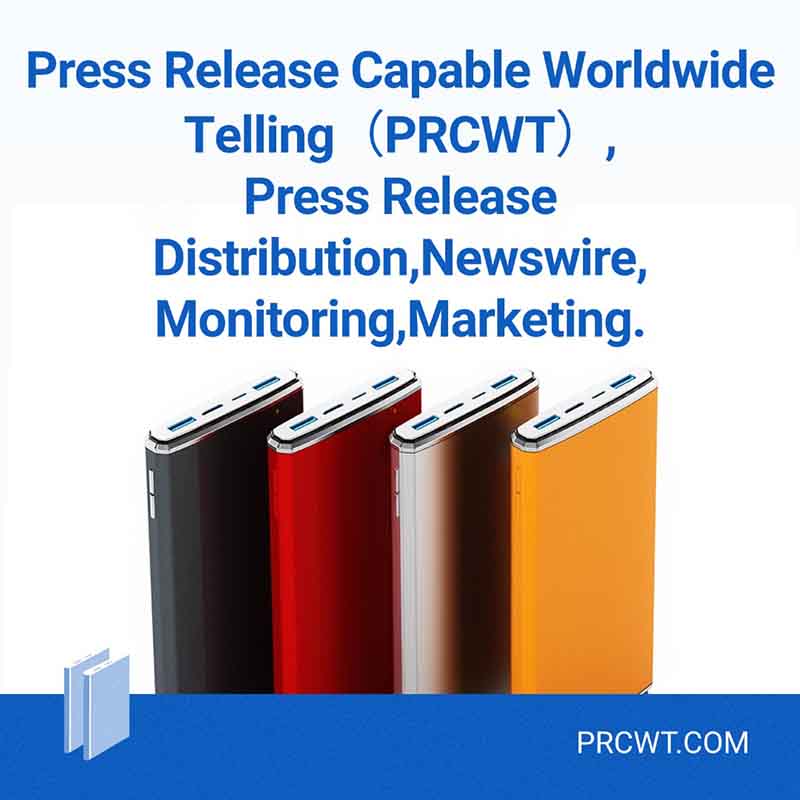In today's digital landscape, media monitoring has become an essential tool for businesses and organizations. It allows them to track and analyze the media coverage of their brand, products, and services, as well as the conversations happening around them. With the increasing importance of social media and online news, media monitoring has evolved to become more sophisticated and comprehensive. In this article, we will explore the various aspects of media monitoring and how it can help businesses stay ahead in the competition.
Media monitoring involves the collection and analysis of data from various sources, including traditional media such as newspapers, TV, and radio, as well as social media platforms like Facebook, Twitter, and Instagram. By monitoring these sources, businesses can gain valuable insights into what people are saying about them, their competitors, and the industry as a whole. This information can then be used to develop strategies to improve their brand image, manage their reputation, and drive business growth.
One of the key benefits of media monitoring is that it provides businesses with real-time information. This means that they can quickly respond to emerging issues and opportunities, and take appropriate actions before they become a problem. For example, if a negative story about a company starts to spread on social media, they can use media monitoring to identify the source of the story and respond quickly to address the concerns of the public.
Another benefit of media monitoring is that it helps businesses understand their customers better. By analyzing the conversations happening around their brand, they can gain insights into what their customers care about, what their pain points are, and what they expect from the brand. This information can then be used to develop products and services that better meet the needs of their customers, and improve their overall customer experience.

In addition to these benefits, media monitoring also plays an important role in crisis management. In the event of a crisis, media monitoring can help businesses quickly identify the source and scope of the crisis, and develop a response strategy to minimize the damage to their brand. By being proactive and transparent in their response, businesses can often restore public trust and confidence in their brand.
To effectively use media monitoring, businesses need to have a clear understanding of their goals and objectives. They need to know what they want to achieve through media monitoring, and how they will use the information to drive business growth. They also need to have the right tools and technologies in place to collect and analyze the data. There are many different media monitoring tools available on the market, each with its own set of features and capabilities. Businesses need to choose the tool that best suits their needs and budget.
In conclusion, media monitoring is a powerful tool that can help businesses stay ahead in the competition. By providing real-time information, helping them understand their customers better, and playing an important role in crisis management, media monitoring can help businesses improve their brand image, manage their reputation, and drive business growth. As the digital landscape continues to evolve, media monitoring will become an even more important tool for businesses.
